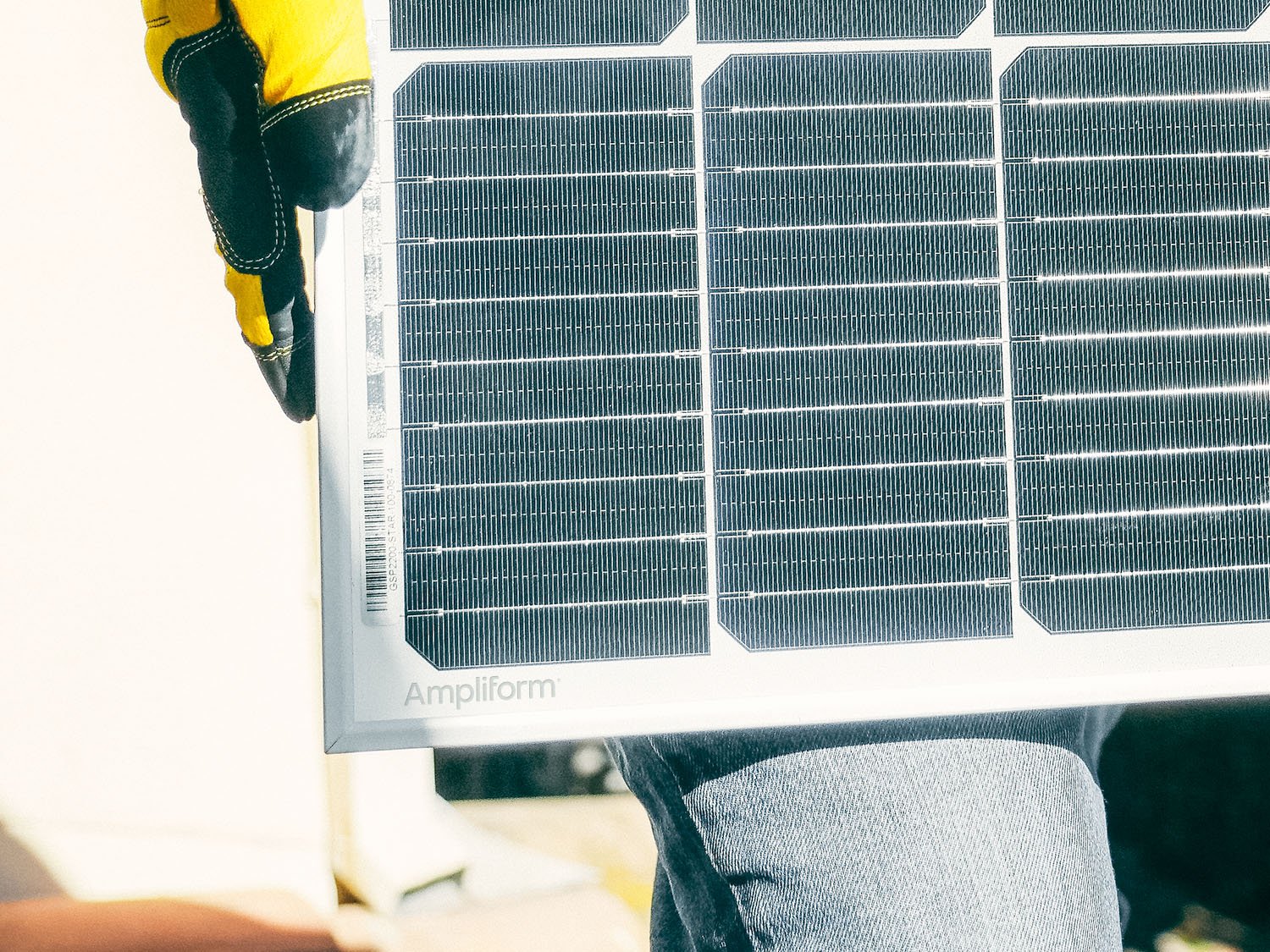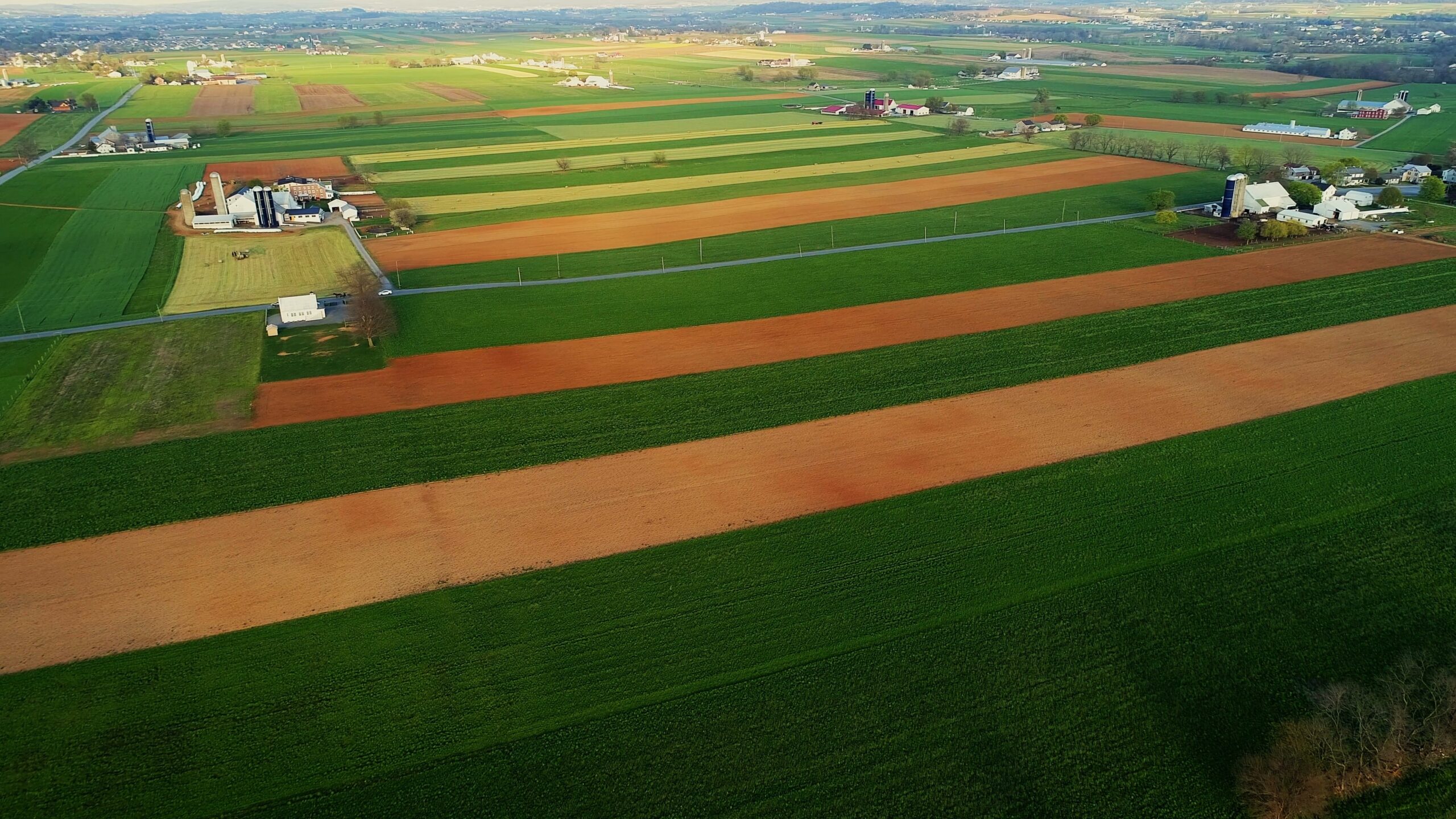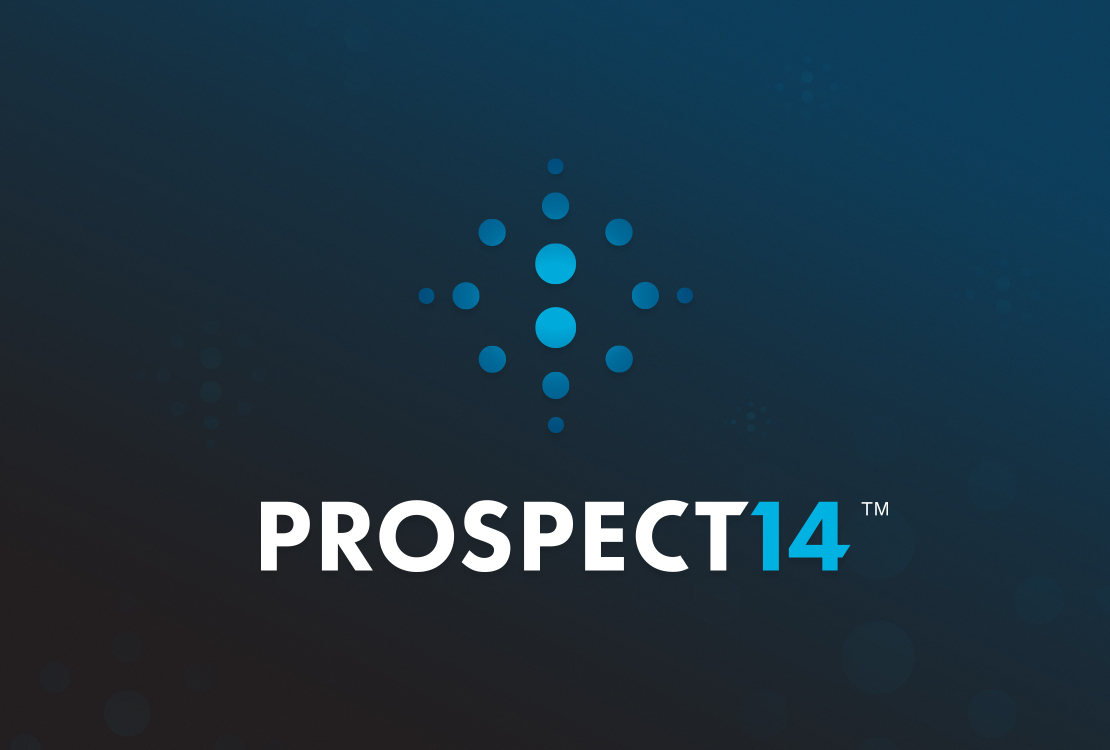On the rise: Solar farms begin cropping up in Western Pennsylvania
Tuesday, June 11, 2019
Down a gravel road close to what constitutes downtown Slovan in rural Washington County, roughly 3,500 solar panels stand in a field of green grass, their blue-hued faces tilted toward the sun.
The development, one of the largest solar farms in Western Pennsylvania, spans 4.5 acres and can power about 750 homes. It’s just a small part of a national trend infiltrating the Pennsylvania landscape.
A similar project is slated to occupy 12 acres of Hempfield, Westmoreland County. Almost 11,000 solar panels will be visible from Hunker-Waltz Mill Road, near Westinghouse Electric Co.
But the state still has a long way to go, with only three major solar farm projects powering roughly 575 homes and one business — Lincoln Financial Field in Philadelphia, Snyder’s-Lance in Hanover and Elizabethtown Solar, according to the Solar Energy Industries Association, or SEIA, a solar energy advocacy group.
Westmoreland and Allegheny counties have no big solar projects, according to a report by the Pennsylvania Public Utility Commission.
The report does not include individual panels on the rooftops of residential homes, said Nils Hagen-Frederiksen, press secretary for the PUC.
While there are few solar farm developments in the immediate area, Pennsylvania has a growing number of solar jobs.
Between 2017 and 2018, the number of jobs increased by 10%, accounting for almost 4,220 workers, according to Avery Palmer, communications director at The Solar Foundation, a nonprofit organization promoting solar and solar technology.
“Most of the jobs will be at companies that install solar on rooftops or commercial businesses,” Palmer said. “With that said, large utility-scale farms are a major job creator in other states, and developing these projects could help create even more solar jobs in Pennsylvania.”
An increasing number of local governments and businesses are looking to solar energy to reduce costs and meet clean energy goals, Palmer said.
Energy from the Hempfield farm will feed to the Hunker Wastewater Plant run by the Municipal Authority of Westmoreland County.
The authority will not be required to pay for the cost of building, maintaining or operating the farm, said Matthew Junker, MAWC spokesman, but they are required to purchase energy from it.
According to David Hommrich, president of Green Tree-based Sunrise Energy, contractor and owner of the project, the farm will generate about 5 million kilowatt hours per year — an amount that could power more than 450 average U.S. homes for a year, according to InsideEnergy.org.
A December 2018 study by SEIA showed there was roughly 400 megawatts worth of solar energy installed across Pennsylvania. In 2017, only 62 megawatts of solar energy was installed. That means about 300,000 homes could now be powered through solar energy.
And with 560 solar companies in Pennsylvania — including two in Westmoreland County — solar is on the rise.
“As solar costs continue to fall, and with the right policies in place, don’t be surprised if Pennsylvania sees a surge in installed solar capacity and the jobs and local economic activity,” said Sean Gallagher, vice president of state affairs for SEIA, adding that he expects to see rural communities, families and businesses taking advantage of the power source.
Solar and the PA landscape
Since 2016, Gov. Tom Wolf has worked to provide incentives for solar energy by restarting the state’s Solar Energy Program, which provides grants and loans to those interested in investing in solar power.
By 2017, the program offered a $30 million grant program aimed at advancing solar energy, followed by the announcement of almost 80 new Solar Energy Program projects in 22 counties across the state last year.
The projects represented “our forward-thinking approach to powering our state and will provide numerous benefits to the businesses, schools and community centers receiving the funding,” Wolf said at the time.
And thanks to government-issued maps, individuals and businesses can see the average daily total solar resource on a county-by-county basis.
The solar insolation maps, produced by the U.S. Department of Energy, show rays are typically stronger in either side of the state. The maps are based on cloud coverage and the number of clear days in specific areas. They are an average of hourly models analyzed over eight years.
Hommrich said the maps help determine how many solar panels would be needed in certain areas to power homes or businesses.
“It’s not black and white. We’re not like Phoenix, Ariz., but there’s still plenty of sunlight,” he said, adding that there’s often a misconception about the amount of sunlight in Pennsylvania.
Allegheny County sees slightly more sunlight than Westmoreland County, the maps show.
Global rising
While Pennsylvania’s solar landscape is seemingly just kicking off, it’s a concept that been used by businesses across the nation and around the world.
In the United States, a 200 megawatt solar farm in Reno, Nev., powers Apple’s data center, and a 2.2 megawatt farm in Lordstown, Ohio, powered a Chevy Cruze plant before it closed in March. Chevrolet has another dozen solar farms in operation worldwide.
In 2015, Apple announced an $848 million investment in a solar farm to power its California operations, part of the company’s decision to use renewable energy for 100% of its worldwide operations.
Despite the rise of solar energy across the nation, the U.S. still lags behind countries like China and India where some of the world’s largest solar farms reside.
According to Forbes Magazine, China produces 130 gigawatts of solar energy each year, which can power 103 million homes, while India produces 75 gigawatts of solar energy, enough to power about 58 million homes.
A proposed 200 gigawatt solar farm in Saudi Arabia is expected to triple solar energy production in the Middle East by 2030, Popular Mechanics reported, powering about 158 million homes.
While China and India race for the top spot, the United States produces 60 gigawatts of solar energy, followed by Japan with 46 gigawatts of solar power.
“We’ve turned a corner where solar is competitive and sometimes cheaper than fossil fuels,” Hommrich said.





